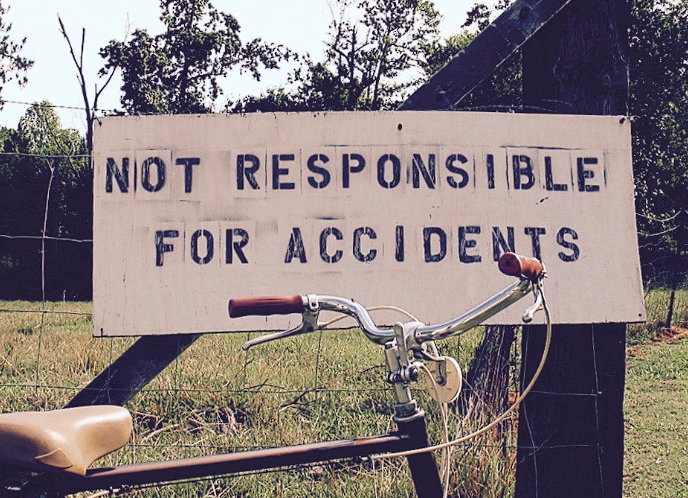I recently watched the documentary Blackfish. It tells the story of Tilikum, a star orca at Seaworld Orlando. Orcas, in spite of being called killer whales, are not known to have killed humans in the wild. Left to their own devices, orcas roam the oceans where they cover daily distances large enough to put the most enthused endurance runner to shame.
The story is much different for orcas kept in the confined spaces of captivity. In 2010, Tilikum killed its long-time trainer, Dawn Brancheau. The list of trainers attacked or killed by captive orcas is long. In the U.S., the Occupational Safety and Health Administration is determined to keep this list from growing further. It ruled in 2012 that trainers must be separated from orcas by physical barriers. Captive orcas are dangerous.
Not so, according to Seaworld. Former Seaworld trainers, interviewed in Blackfish, report that during their tenure at Seaworld they were not informed about Tilikum’s aggressive past. In 1991, Tilikum and two other orcas tossed trainer Keltie Byrne around the pool in Sealand Victoria; she drowned. Instead, Seaworld depicts orcas much like the fluffy teddy orcas it sells: amicable creatures with a smiling face and eager to go about their acrobatics in the pool.
Seaworld has, of course, a commercial interest in thus painting a picture of the friendly next-door orca that blossoms in captivity. Orcas are a major attraction; they draw in crowds that buy plenty of gadgets like the fluffy teddy orcas. Why spoil this game with stories about killings?
The case of Seaworld illustrates an extreme version of a ghost haunting many corporations: information withheld, twisted and rinsed. Corporations issue reports and make announcements whose content influences the decisions of many stakeholders. Much like information about orcas killing trainers might deter people from visiting Seaworld or trainers from applying for jobs, adverse information about corporate affairs can discourage investors from buying shares. How can skeptical investors be convinced? You guessed it: by running information through the spin machine.
What is an investor to do to avoid being misled?
Look for red flags. Do companies and experts tell the same story? If you find that experts have opinions about a company’s affairs that differ substantially from the official corporate party line, chances are something is fishy.
Use common sense. Does the CEO’s most recent statement seem odd, even after you have done your research on the company, its industry and the economy? If a disclosure cannot be understood in light of in-depth background information, and common sense tells you to stop, then stop. Do not proceed. Try and comprehend the whole picture.
Check out the bigshots. Do the CEO and other top executives put their money where their mouth is? Or have they been quietly selling shares by the truckload? If so, you are witnessing an action that speaks much louder than any words praising the company to high heavens.
Keep an eye on the guardian angels. Does the company have large shareholders who hold 5% of its shares or more? Does its board have independent directors? Large shareholders and independent directors can act as monitors who screen the company’s disclosures and make them more credible. My own work suggests that individuals trust a company’s disclosures more when it has guardian angels.
Your thoughts?








